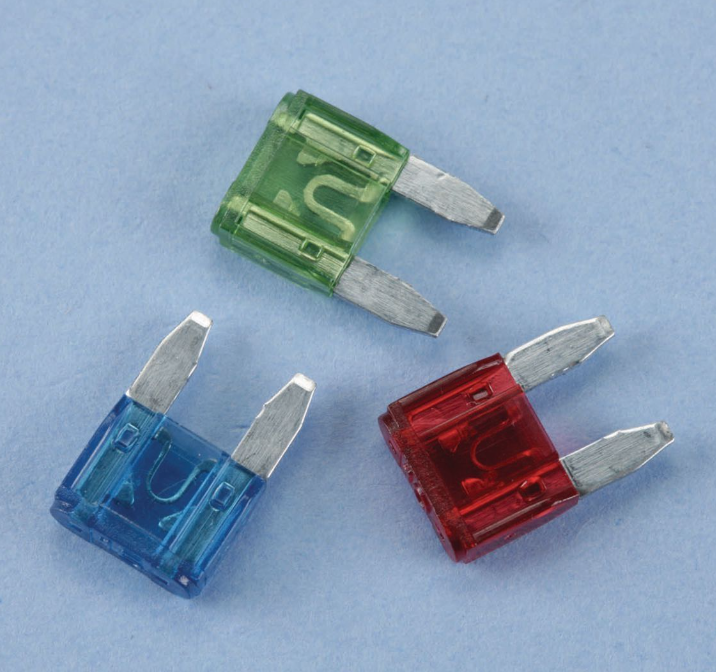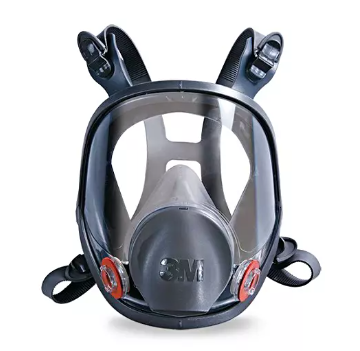Automotive fuses are the unsung heroes of our vehicles, ensuring the safety and functionality of various electrical systems. They come in a variety of types and sizes, each tailored to specific applications within your car. In this blog post, we'll take a closer look at the most common automotive fuse types, including ATC, ATO, Mini, Maxi, Micro, and Low-Profile fuses, exploring their sizes and applications to help you understand how they safeguard your ride on the road.
- ATC (Blade Type) Fuses
ATC (Ampere Time Delay, Type III Circuit Breaker) fuses are one of the most commonly used automotive fuses. They are available in various amperage ratings, ranging from 1A to 40A, and are often used for protecting accessories like lights, fans, and other low to moderately high-power electrical components. ATC fuses are easily identifiable by their rectangular shape.
- ATO (Regular Blade) Fuses
ATO (Ampere Time Delay, Type I Circuit Breaker) fuses are similar to ATC fuses but have a slightly different blade design. They also come in a wide range of amperage ratings, making them suitable for various automotive applications, including lighting, radio, and power windows.
- Mini Blade Fuses
Mini blade fuses are compact and space-saving, ideal for modern vehicles with limited fuse box space. They come in ratings from 2A to 30A and are often used for protecting a wide range of automotive circuits, including those related to the engine control unit (ECU), air conditioning, and power outlets.
- Maxi Blade Fuses
Maxi blade fuses are larger and capable of handling higher currents, typically ranging from 20A to 100A or more. They are commonly used to protect heavy-duty circuits such as the alternator, starter motor, and other high-power electrical components.
- Micro Blade Fuses
Micro blade fuses are even smaller than mini blade fuses and are typically rated between 2A and 20A. They are commonly used in newer vehicles for protecting delicate electronics, including sensors, control modules, and infotainment systems.
- Low-Profile Fuses
Low-profile fuses are designed for applications where space is at a premium. They have a shorter profile compared to standard blade fuses, making them suitable for compact and modern vehicle fuse boxes. Low-profile fuses are available in various amperage ratings to accommodate different circuit needs.
- Specialty Automotive Fuses
Apart from the common fuse types mentioned above, there are also specialty automotive fuses designed for specific purposes. For example, there are dual-element fuses that provide added protection for critical circuits like airbags and fuel pumps. Additionally, some vehicles may use unique fuses for specific systems, such as the Electronic Throttle Control (ETC) fuse, which safeguards the throttle control module.
 (508) 492-8975
(508) 492-8975








